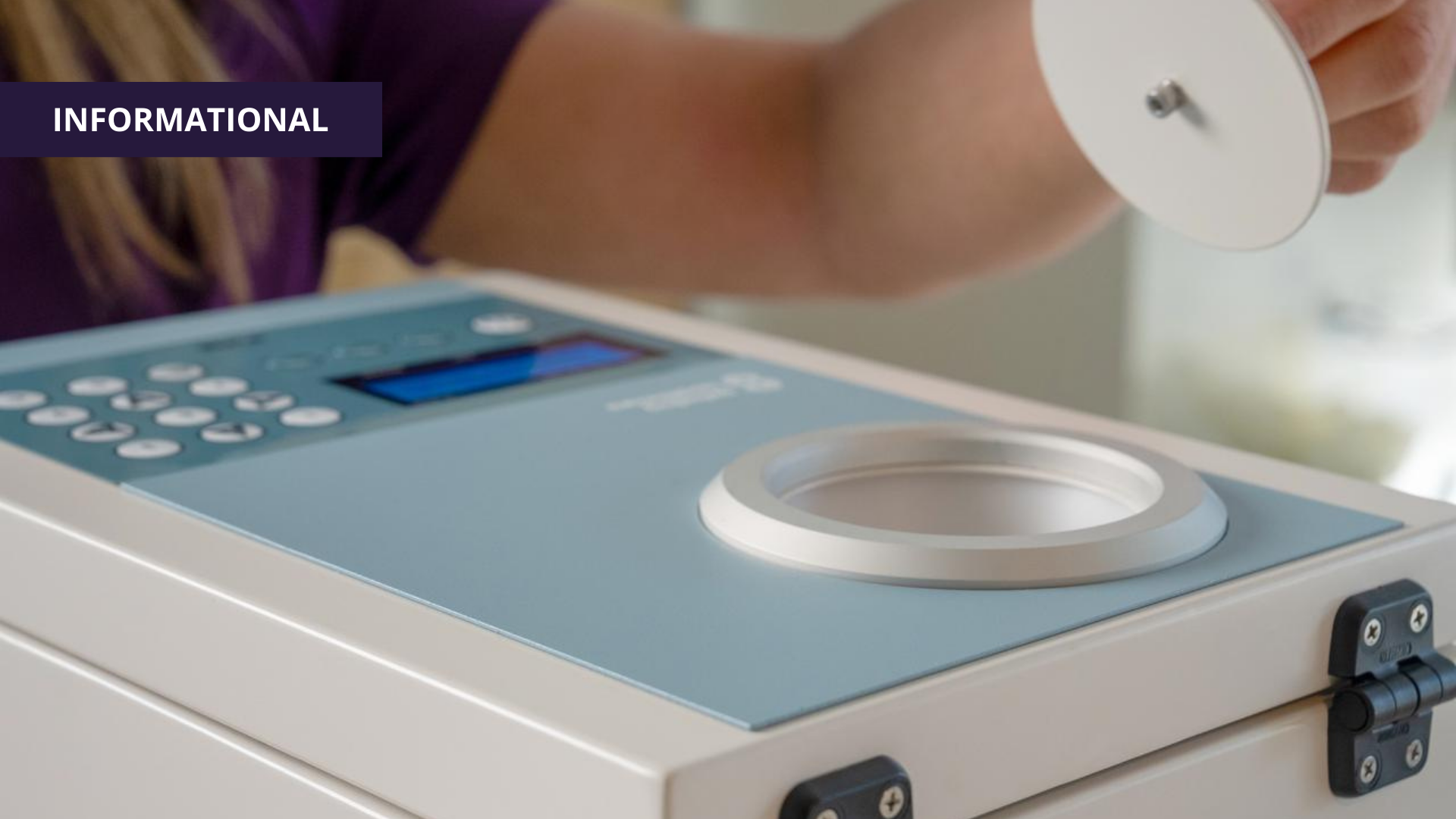Jeff Erbert | 1 February, 2024
What are Hospital Codes?
Hospitals are bustling, intricate, orchestrations of healthcare. We would know, the average TransLogic pneumatic tube system possesses 8,750 ft of tubing and completes thousands of transactions per day. Thus, it comes without surprise that communication – at all levels – is necessary, and that there are messages that must be transmitted across the department or even across the hospital.
To reduce confusion, many state-level hospital associations and healthcare worker organizations recommend alerting staff of an emergency or situation by using plain language. However, a lot of hospitals still depend on the “code” system to quickly alert all hospital staff that something is happening. For example, a “code red” may indicate that there is a fire.
Common Hospital Codes and What they Mean
Like pneumatic tube system policy – there is no standard set of codes, and each hospital takes a slightly different approach. In other words, a code blue at the Mayo Clinic may mean something different at Massachusetts General, while Denver Health may use a plain language warning.
Nonetheless, here are some common codes one can expect to hear in the hospital and what they likely mean:
- Code Red – In most cases, a code red means that a fire has broken out. Hospital staff will then execute their fire response.
- Code Blue – A code blue typically means that a patient has gone into cardiac arrest or is experiencing a medical emergency.
- Code Yellow – The code yellow often means that a bomb threat has been made. It can also mean that there has been a disaster/mass casualty event, and staff should be prepared to administer care.
- Code Gray – A code gray, in many cases, means there is a combative person and security assistance is requested. It can also be used to warn of severe weather.
- Code Silver – The code silver warns staff that there is an armed person or a hostage situation in progress.
- Code Pink – Perhaps the most well-known of the hospital codes, the code pink indicates that an infant has been abducted or has gone missing.
- Code Orange – The code orange generally warns hospital staff of a hazardous material incident.
- Code Black – Code black indicates that a bomb threat has been made. It can also be used to warn of severe weather.
- Code Purple – A code purple typically means a child (not an infant) has been abducted or has gone missing.
- Code Green – Code green is used in myriad ways. Some hospitals use it to indicate a bomb threat, others use it to indicate a combative person, and some use it to alert staff of patient elopement.
- Code Adam/Amber – Adam/Amber is used to alert staff of a missing infant, child, or person.










